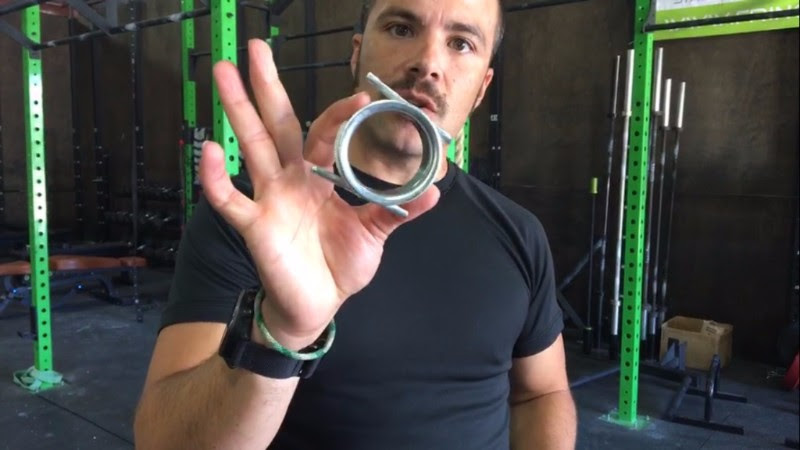Hi again! We've been thinking about bumpers and durometer.... and durability.
Hey there Fringe Fam!
Peter here. I wanted to address a question that we get asked quite often. What makes your bumpers so special?
This is a question I LOVE to get because then I can talk about a favorite subject.
Durable bumper plates, and durometer
This is a project that has been ongoing for years, but we've not publicized it well.
It's no secret that we (and I) have been dedicating huge amounts of time and money to developing the most durable bumper plates in the world.
And of course, we back up that claim with the best warranty in the world - 1 year on 10/15 pounders and 3 years on 25/35/45/55 pounders.
Commercial use? Please. Do anything to these plates, including throw them off your roof, and we'll still warranty them... IF they break.
So what's our secret?
There are a couple of big innovations we moved into our plates.
Number one is the we mold the inner steel ring INTO our bumpers.
Have you ever used a bumper plate, and the inner steel ring that slides onto your bar was rotating freely?
That's because most bumper plates have their rubber (main) component molded and then the steel ring is pressed into the bumpers with a hydraulic press.
It's an inexpensive way to make that ring.
But it's not very durable and becomes a common failure point.
So we went away from that style years ago and went to a molded in ring.
After many thousands of iterations, here's what we are using now.

Apologies for the mustache. It was to annoy my wife.
And it was successful. :)
Back to the insert
That insert is chrome plated steel, sandblasted on the inside, plus with two pieces of rebar welded in.
The sandblasting and rebar allow more surface area for the rubber to bond to.
We then paint the inside with a glue, then apply a lower durometer rubber around the insert.
We put the insert into the mold with a high durometer rubber, and mold the whole thing together, making the most durable bumper plates on the planet.
Wait, what's durometer and why should I care?
Great question, faithful reader!
Durometer is a measure of hardness of a material.
For example, here I am measuring the hardness of my head.

LOOK! Photographic proof that my Mom was wrong all those years- I don't have a hard head!
In any case, a low durometer means the material (rubber in this case) is soft.
Soft rubber is good at absorbing impacts, but can have severe durability problems- or even fail to support the weight of a barbell at all!
Softer rubber also tends to bounce higher.
Hard rubber is more durable and more stiff- which can have a dead bounce and better support a barbell, but if you go too hard, it can be noisy, and worse- hard rubber can crack.
What we've done - used a softer rubber around the metal insert as a "shock absorber" and hard rubber for most of our plates for durability and dead bounce.
We also vary the durometer of rubber used - using a stiffer rubber for the 10 and 15 pound plates and a harder rubber for the rest.
The net result is an extremely durable, very cost effective bumper plate that will last and last - whether in the box or garage.
Whew! That all make sense? Let me know if it didn't and I'll be happy to explain!
Lift heavy, Lift Happy,
PK



Leave a comment